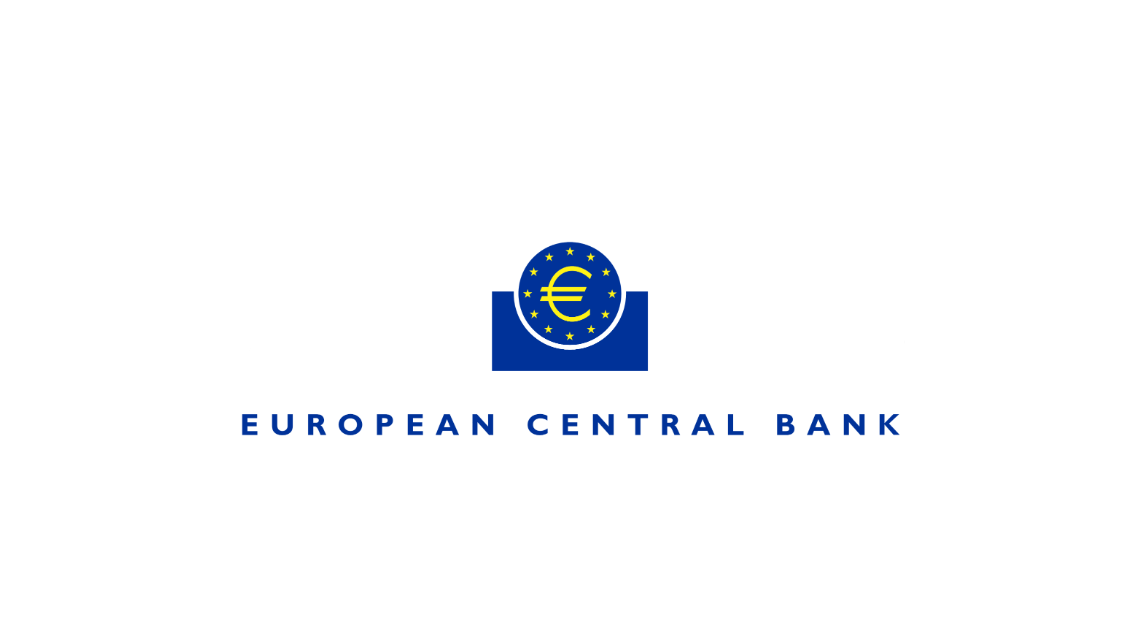China Launches Comprehensive Pilot fores Comprehensive Pilot for Intellectual Property Finance Ecosystem
In a strategic move to foster innovation and support the development of new productive forces, China's National Financial Regulatary Administration (NFRA), the National Intellectual Property Administration (NIPA), and the National Copyright Administration (NCA) have jointly launched a comprehensive pilot program for intellectual property (IP) finance in eight provinces and cities, including Beijing, Shanghai, Jiangsu, Zhejiang, Guangdong, Sichuan, Shenzhen, and Ningbo.R
Background and Objectives
The initiative aims to address key challenges in IP finance, such as difficulties in registration, valuation, disposal, and compensation, which have hindered the growth of IP-backed financial services. Despite rapid growth in recent years—IP-backed loans from banking institutions reached 255.57 billion yuan in 2024, a 33.4% increase year-on-year—there remain significant pain points that need to be resolved to fully realize the potential of IP finance.
Key Components of the Pilot Program
1. Addressing Registration Challenges
The program supports the establishment of trademark and copyright pledge registration service windows or agency points in pilot areas, opening green channels for copyright pledge registration, and promotes efficient handling of pledge registration. It also accelerates the construction of an online copyright pledge registration platform to shorten processing cycles.
2. Solving Valuation Difficulties
Banks are encouraged to use internal assessments or negotiations with enterprises to determine the value of IP pledges for loans under 10 million yuan. Government departments are urged to provide data, models, and system support for IP valuation, and pilot regions may explore replacing traditional valuation with comprehensive IP evaluations.
3. Optimizing Financial Institution Services
Guidelines are provided for financial institutions to develop IP finance business methods and management systems. The program encourages extending loan terms, increasing medium- and long-term loan ratios, and expanding the scope of pledgeable IP to include plant and animal variety rights, geographical indications, and data interests. Additionally, banking credit asset registration and circulation centers are supported to offer green channel services for IP pledge loan transfers, with fee waivers for three years.
4. Tackling Disposal Issues
The pilot strengthens IP trading mechanisms, promotes specialized disposal platform construction, and encourages IP trading and operation platforms to establish dedicated sections for IP pledge disposal. It also explores requiring enterprises to prepay patent annuities during the pledge period to prevent patent rights from lapsing due to non-payment.
5. Enhancing Risk Compensation Mechanisms
Pilot areas are encouraged to establish risk-sharing and compensation mechanisms, explore pre-existing risk compensation models, and strengthen IP finance collaboration through the "government + platform + finance" model. This involves achieving interconnected information and data to improve comprehensive service levels.
Expert Insights
Zhang Xinyuan, head of the Science and Technology Finance Think Tank, noted that expanding internal IP valuation within banks is crucial for reducing corporate financing costs and improving efficiency. Banks can better understand IP value through internal assessments, leading to more reasonable loan rates and amounts. This directly lowers financing costs and enhances the accuracy and fairness of valuations, ensuring stable financing processes. Zhang suggested banks strengthen internal training, recruit professionals, collaborate with third-party consultants, and optimize assessment procedures to refine their internal valuation systems.
Future Outlook
The NFSA, NIPA, and NCA will guide pilot regions to refine implementation measures based on local conditions. Regular experience exchanges and case promotions will be organized to monitor progress and enhance IP finance work quality. The goal is to create a virtuous cycle among technology, industry, and finance, supporting the development of new productive forces.






















































First, please LoginComment After ~